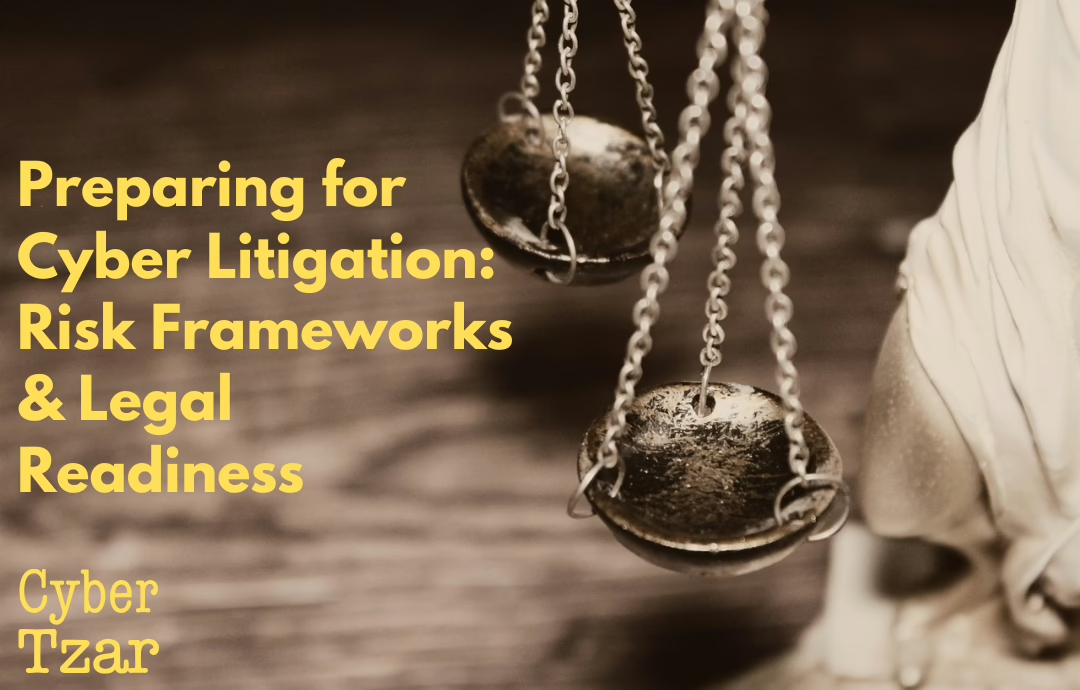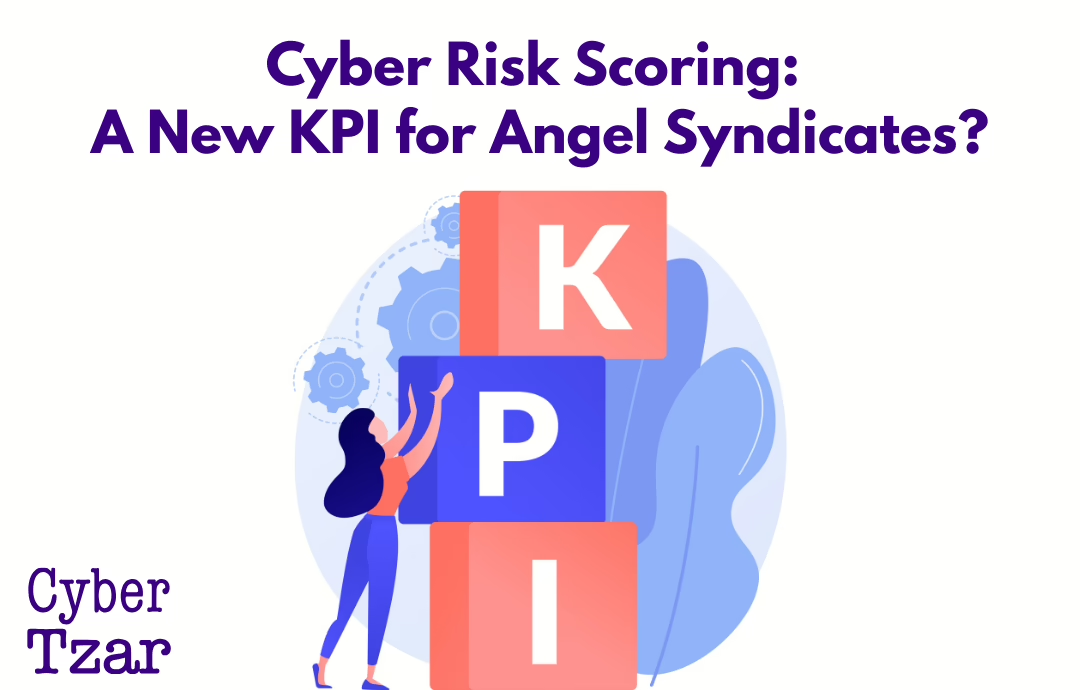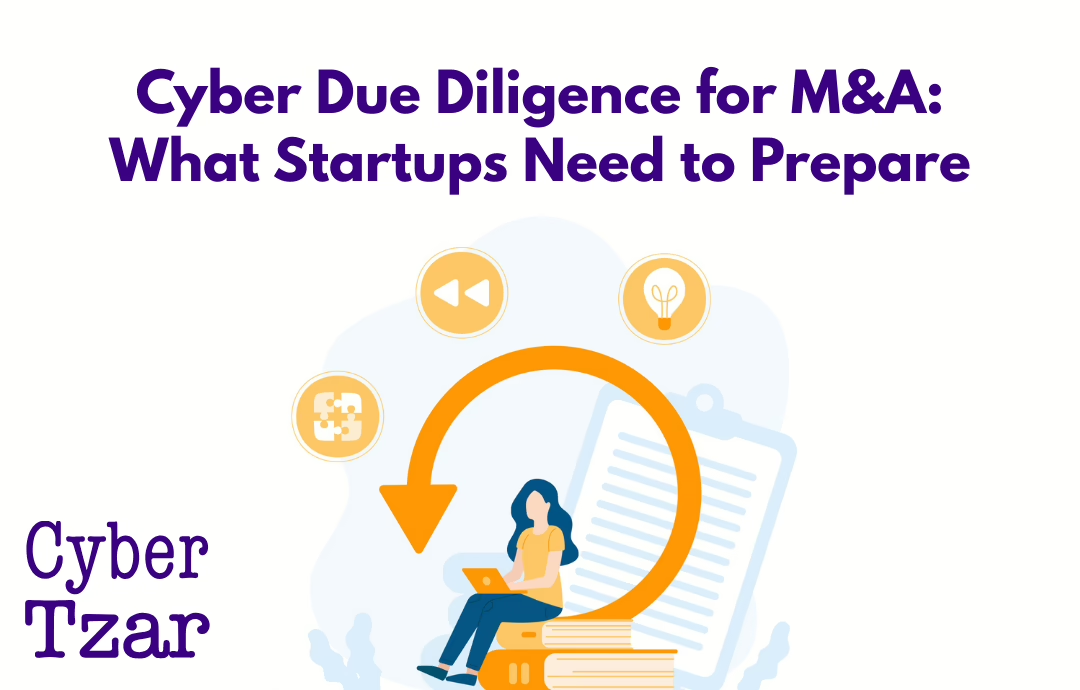Cybersecurity is no longer just an IT or compliance issue — it’s now a serious legal exposure.
In 2025, companies face legal challenges following cyber incidents from all angles: regulators, insurers, customers, partners, and even shareholders. The rise of cyber litigation — class actions, contract disputes, and post-breach investigations — means in-house legal teams and their external counsel need to be ready before an incident strikes.
This article outlines how law firms and GRC leaders can use risk frameworks to prepare for litigation, reduce liability, and build a provable defence posture.
The Cyber Litigation Landscape in 2025
⚖️ Regulatory enforcement – Fines from the ICO (UK GDPR), NIS2, DORA, and sector-specific regulators
📨 Customer breach claims – From B2B clients claiming contract breaches to consumers demanding compensation
🛡️ Insurance disputes – Litigation over exclusions, breach notification delays, and forensic findings
📉 Shareholder suits – For listed companies, cyber can now trigger claims around mismanagement and loss of value
🔁 Supply chain lawsuits – Partners impacted by downstream breaches increasingly seek redress
Where Legal Risk Begins
A cyber breach can lead to litigation not just based on what happened, but on:
-
What you knew or should have known
-
What you did (or didn’t do) to prevent it
-
Whether your actions were reasonable and proportionate
-
How quickly and clearly you communicated
Legal defence depends not on perfect security — but on evidence of due diligence and governance.
Using Risk Frameworks to Prepare for Litigation
Aligning with standards like Cyber Essentials, ISO 27001, NIST CSF, or NCSC CAF helps demonstrate:
✅ Active identification and prioritisation of risks
✅ Reasonable technical and organisational measures
✅ Ongoing monitoring and improvement
✅ Documented response plans and decision logs
✅ Supplier risk awareness and audit trails
These frameworks help build a “paper trail of reasonableness” — the cornerstone of litigation defence.
Legal Readiness Checklist for Cyber Litigation
-
Have a breach logbook – Record decisions, timelines, and communications from the moment an incident is suspected
-
Map your risk governance – Show how cyber risk is managed, reported, and mitigated
-
Review supplier contracts – Do they include clear cyber obligations, SLAs, and liability clauses?
-
Align with recognised frameworks – This helps show actions were industry standard and regulator-aligned
-
Engage legal early – Litigation success often hinges on what’s done (and recorded) in the first 72 hours
How Cyber Tzar Helps Build Legal Defensibility
Cyber Tzar supports legal teams, GRC officers, and external counsel with:
✅ Evidence-based risk reports aligned to ISO 27001, Cyber Essentials, and NIST
✅ Supplier vulnerability scans to show diligence in third-party risk
✅ Logs of changes, alerts, and improvements over time
✅ Support with insurance disclosures and regulator-ready data
✅ Input into incident response planning and governance reporting
We don’t just show risk — we help you prove responsibility.
🧾 Want to turn your cyber risk programme into a legal defence asset?
Request a litigation-ready scan at cybertzar.com


